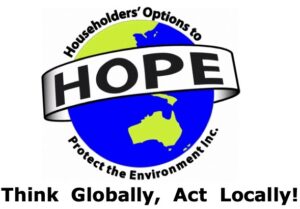MEDIA RELEASE
Saturday, 01 April 2023
Think Globally, Act Locally
Re: Historic Treaty to Protect the High Seas
After a long 15 years of discussions and disagreements, over 100 countries signed a landmark agreement will ultimately aim to bring 30 per cent of the world’s ocean under protection by 2030.
Currently, only 1 per cent of the ‘High Seas’ – that is, waters that are outside of national jurisdiction – is protected.
These international waters account for over 60 per cent of the world’s oceans and nearly 50 per cent of the total planet’s surface.
Oceans are vital as part of the biological-geological-and-chemical cycling of nutrients and gases; they produce through the actions of phytoplankton and algae half of the oxygen humans need to breathe, and help buffer the effects of human-induced climate change by absorbing much of the carbon dioxide emitted by human activities.
In addition, the organisms in oceans are under threat from overfishing, pollution and habitat loss. Sharks, for example, have a bad reputation due to films like Jaws and the adverse publicity due to a small number of shark attacks. Yet, sharks are killed in vast numbers by humans. Without them, the entire global system will be under threat.
Once Marine Protected Areas (MPAs) are established, limits or prohibitions on fishing, oil and mining exploration, and shipping access are imposed to protect these waters. It is well known that noise pollution, for instance, causes serious issues for whales and dolphins.
Individual countries will be able to propose areas for protection, which will then be voted upon by the treaty signatories.
Additional provisions within the treaty include:
– Arrangements for sharing marine genetic resources. These are biological materials from plants, animals and microbes living in the oceans that could be used either now or in the future as food or sources of pharmaceuticals. Such discoveries are to be shared fairly and equitably between countries; especially the less developed ones.
– Requirements for Environmental Impact Assessments (EIAs) for deep sea activities. Countries will conduct their own EIAs and make the final decision. Other countries can submit concerns with monitoring bodies.
The treaty will only come into force once 60 countries have ratified the treaty nationally.
Frank Ondrus, President – HOPE Inc., ph. 07 4639 2135
20230401 – MR – – Historic Treaty to Protect the High Seas.pdf
